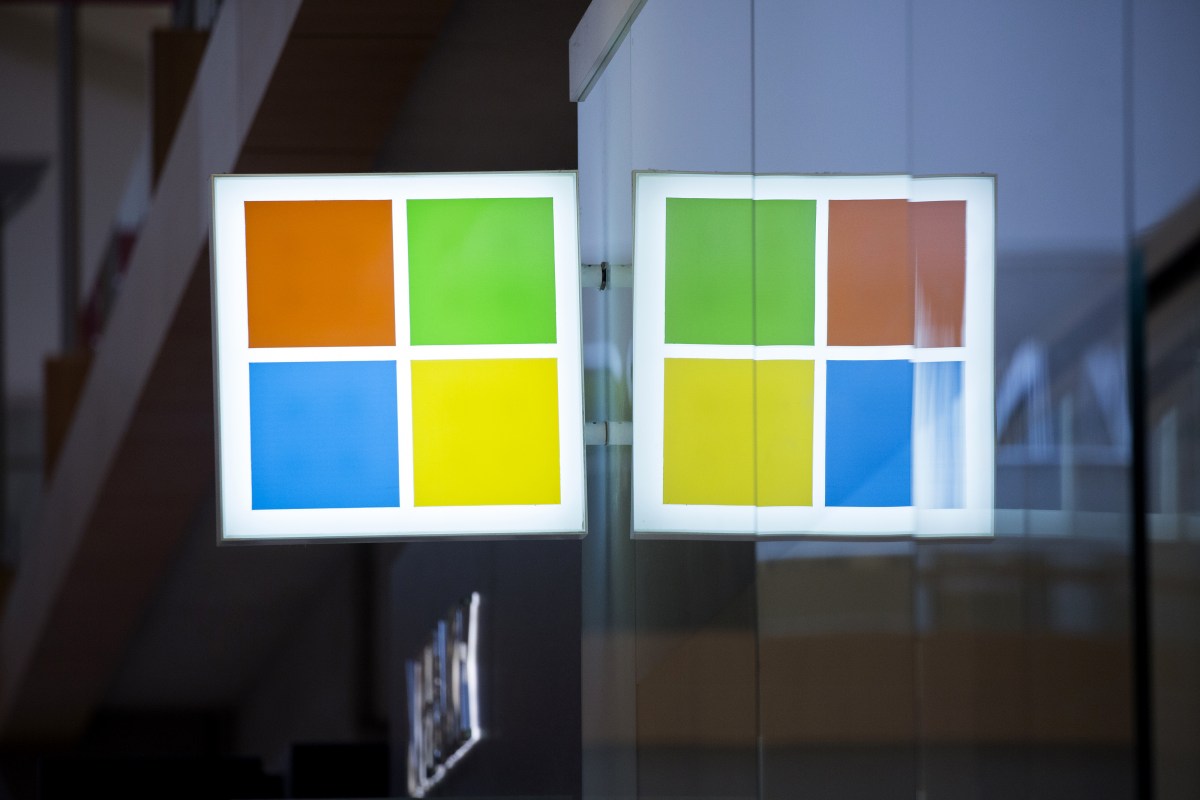After changing its license, Redis drops its biggest release yet | TechCrunch

Redis, the company behind the popular in-memory data store, which is often used as a cache, vector database or streaming engine, today announced the launch of Redis 8. With this release, the company is doubling down on Redis as a vector database for AI use cases and launching an AI Copilot the help developers more quickly retrieve Redis docs and write code.
The company is also adding a new integration service, making it easier for developers to get data into Redis without using a third-party service, and it is putting its Speedb acquisition to good use with the launch of Redis Flex.
Redis CEO Rowan Trollope described this release as the company’s biggest release yet. If you’ve followed along, you’ll remember that Redis announced some licensing changes earlier this year. It went from the open-source BSD to a dual-license scheme, using the Redis Source Available License (RSALv2) and Server Side Public License (SSPLv1). The main goal of this switch is essentially the same as that of every other open-source company that recently changed its license: prevent the large cloud providers from offering hosted services based on these open-source projects. They can, of course, buy a license (and Microsoft has done so).
What’s interesting here is that Trollope argued that before changing the license, Redis was essentially self-censoring. “The license was really holding back a lot of the innovation from the company,” he said. “You know, we had this problem where anything we put into the open source would be taken for free by Google and Amazon and then sold — given away, essentially — to their customers with their superior monopolistic advantages. So the change of the license has really been like breaking down the dam. And what was behind the dam is this huge reservoir of innovation that the company had been building up.”
Trollope called Redis 8 a total revamp of Redis and the company’s “blockbuster summer release.” With this release, he said, the company is leaning into the project’s reason for being: speed. But at the same time, he said, Redis has also seen growing traction with generative AI developers who are looking for speedy vector databases to innovate on top of foundation models with retrieval-augmented generation (RAG), for example.
But what’s maybe even more interesting is that many developers now use Redis to speed up (and save on) their inferencing for prompt and semantic caching — which also brings Redis back full-circle to its roots as the popular caching tool it was already. Redis is seeing developers save between 30% and 90% on their inferencing cost with this.
“We’ve really been following the developers and trying to help make the experience of using our product better by doing things like integrating our tech into various stacks, various frameworks like LangChain, OpenAI and Llama, etc., to make sure they have a great experience,” Trollope said.
One thing the licensing change also allowed for was bringing features that were previously in Redis Stack directly into the Redis 8 Community Edition. Because it was BSD licensed, Redis couldn’t put these features in Redis Core before. Now, there is no distinction between Redis Core and Redis Stack anymore. It’s the Redis Community edition instead.
In addition to these marquee AI features, the company is also announcing Redis Flex, for those who want to run Redis caches on flash drives instead of in-memory. The company already offered Redis on Flash and Redis Flex is essentially the next-gen version of this, based on the company’s acquisition of Speedb earlier this year. Flex can run on DRAM and SSDs, making it significantly cheaper to run than the traditional version of Redis, which has always been an in-memory database and hence relied on more expensive memory. Redis argues that with Flex, businesses will be able to bring their cost for caching data down by 80%. This feature will launch into public preview soon.
New hires on the way to an IPO
It’s also no secret that Redis is still looking ahead to an IPO. As Trollope told TechCrunch exclusively, the company recently hired a new CFO, Tony Tiscornia, formerly the CFO of Coupa, and a new Chief Administrative Officer, Diane Honda, who joined from Barracuda Networks. “When the markets are conducive to more IPOs, we’re financially ready for that. It’s really more about the markets,” Trollope said — and if there’s one thing I’ve learned about pre-IPO startups, it’s that when they hire new CFO’s, and especially ones that oversaw previous IPOs like Tiscornia did at Coupa in 2016, they are most definitely inching toward an IPO.





